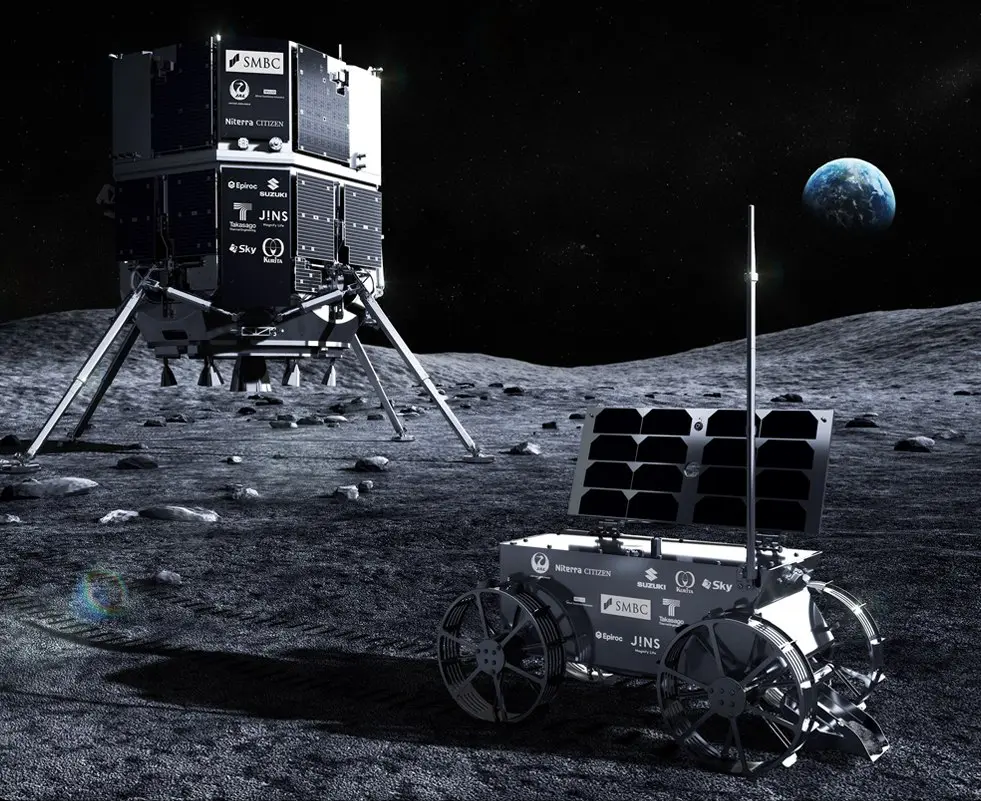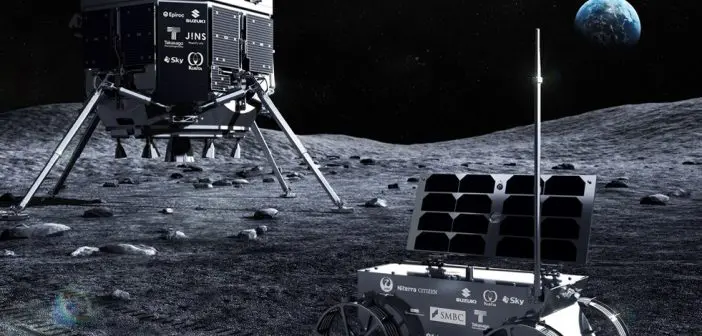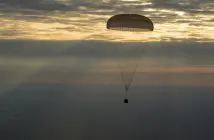
A second attempt by Japanese space company ispace to put a lunar lander onto the Moon has failed. ispace says its Resilience lunar lander began a landing sequence for a soft landing on June 6, 2025. However, it lost communication with the lander during the final stages of its descent.
“It is currently assumed that the lander likely performed a hard landing on the lunar surface,” the space company said.
The live-streamed flight data showed the lander’s altitude suddenly falling to zero shortly before the planned touchdown time. Onboard was an ispace-manufactured mini rover and five external payloads worth around USD24 million.
Hakuto-R Mission 2 was ispace’s second attempt to put a lander safety down onto the Moon. It first attempt, Hakuto-R Mission 1, also failed during the final descent stages in April 2023.
Both flights, the longest ever undertaken by a privately funded space company, primarily served as technology demonstrators. Eventually, ispace wants to provide reliable transportation and data services to the Moon.
The lander was carried into space by SpaceX in January, alongside Firefly’s Blue Ghost lander. Firefly’s lander took a faster route to space, successfully landing on the Moon in March.
ispace says the lander descended from 100 kilometres to approximately 20 kilometres. At this point, it successfully fired its engines to begin its deceleration. When it was about 200 metres above the Moon’s surface, telemetry was lost, and communications ceased. ispace was bringing the lander down on Mare Frigoris, a plain about 900 kilometres from the Moon’s north pole.
Once on the Moon, the lander and rover were scheduled to explore for around 14 days – or until the next lunar night.
“The laser rangefinder used to measure the distance to the lunar surface experienced delays in obtaining valid measurement values,” ispace said about their lander. “As a result, the lander was unable to decelerate sufficiently to reach the required speed for the planned lunar landing.”
“The lander descended from an altitude of approximately 100 kilometres to approximately 20 kilometres, and then successfully fired its main engine as planned to begin deceleration,” the statement continues. “While the lander’s attitude was confirmed to be nearly vertical, telemetry was lost thereafter, and no data indicating a successful landing was received, even after the scheduled landing time had passed.”
In the 2023 landing attempt, a telemetry software issue wrongly discarded correct altitude data, which led to a hard landing on the lunar surface. ispace says those telemetry issues were corrected for last week’s landing.
“Given that there is currently no prospect of a successful lunar landing, our top priority is to swiftly analyze the telemetry data we have obtained thus far and work diligently to identify the cause,” said ispace CEO Takeshi Hakamada.
But he says funding for the third landing attempt is already secured. However, the company has not yet set a date for the future Hakuto-R Mission 3 mission. Despite the two successive failures, the ispace CEO remained relatively upbeat.
“SpaceX has also failed several times, but now SpaceX occupies the launching market,” Hakamada said.





